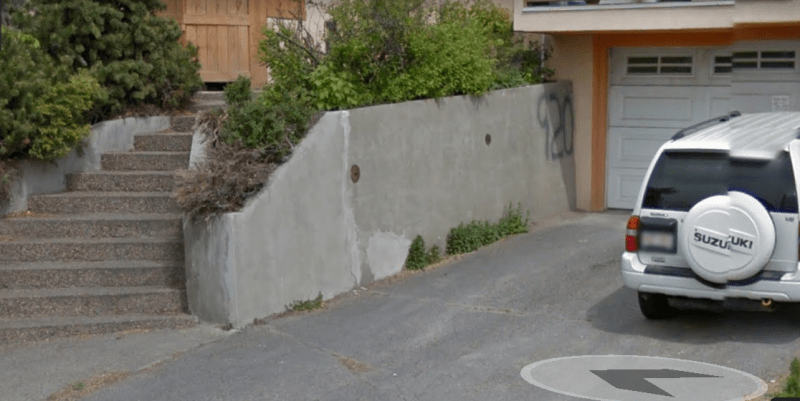CANeng11
Civil/Environmental
- Feb 18, 2015
- 114
A client of ours is renovating their home and in order to get a development permit, the jurisdiction is asking for a "retaining wall disclosure statement" be completed for the existing retaining wall at the front of the house (see pic attached). This disclosure statement is a standard document from the jurisdiction, and it asks you to provide things like the soil parameters used and the factors of safety from design (sliding, overturn, bearing, etc.). The house is 50+ years old, and the retaining wall, we believe, is at least 30 years old - possibly older. I have no idea how I could provide the city with the information required on this statement, without knowing the complete construction. I can see there are 2 tie-back anchors, and I can get the thickness and height. But without knowing information on the footing, the tiebacks, etc., I'm not sure how to proceed.
How would you approach a situation like this? The wall seems to be performing adequately. There are a couple vertical cracks, but the wall has a slight lean backwards.

How would you approach a situation like this? The wall seems to be performing adequately. There are a couple vertical cracks, but the wall has a slight lean backwards.

